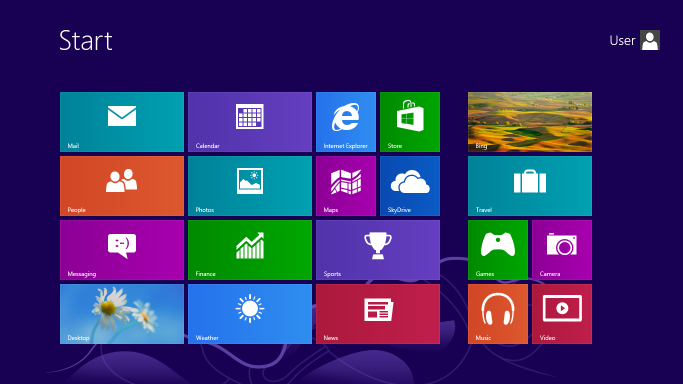Non Windows PDF & Invisible fields in Adobe under Windows
Recently, I received some PDF documents created in a Mac and all the form fields were blank when I opened that document in adobe under Windows. I could only see the content, when I click on a particular form field.
Apparently, some PDF documents filled and saved using non-adobe
software on non-windows operating systems like OS X (Preview app) may not open
properly in adobe in Windows. The original data is still available but they are
just hidden. This behavior is because of the way the PDF document was
structured by the original application. Some of the flags required for adobe
were not enabled by the original application.
We could fix this by using a
customized JavaScript as described in this article.
I used Adobe Reader X and when I followed the above method, I got a
literal error message - "Internal Error".
This could be because of the fact, that adobe reader x prevents a user from
launching a JavaScript from a menu item. This could be easily fixed by enabling
a flag in the preferences -
Edit -> Preferences -> JavaScript -> Enable menu items
JavaScript execution privileges.
